UPDATE(simplified problem, removed C# from the issue)
How can I write an UPSERT that can recognize when two rows are the same in the following case...

See how there's a \b [backspace] encoded there (the weird little character)? SQL sees these as the same. While my UPSERT sees this as new data and attempts an INSERT where there should be an UPDATE.
//UPSERT
INSERT INTO [table]
SELECT [col1] = @col1, [col2] = @col2, [col3] = @col3, [col4] = @col4
FROM [table]
WHERE NOT EXISTS
-- race condition risk here?
( SELECT 1 FROM [table]
WHERE
[col1] = @col1
AND [col2] = @col2
AND [col3] = @col3)
UPDATE [table]
SET [col4] = @col4
WHERE
[col1] = @col1
AND [col2] = @col2
AND [col3] = @col3